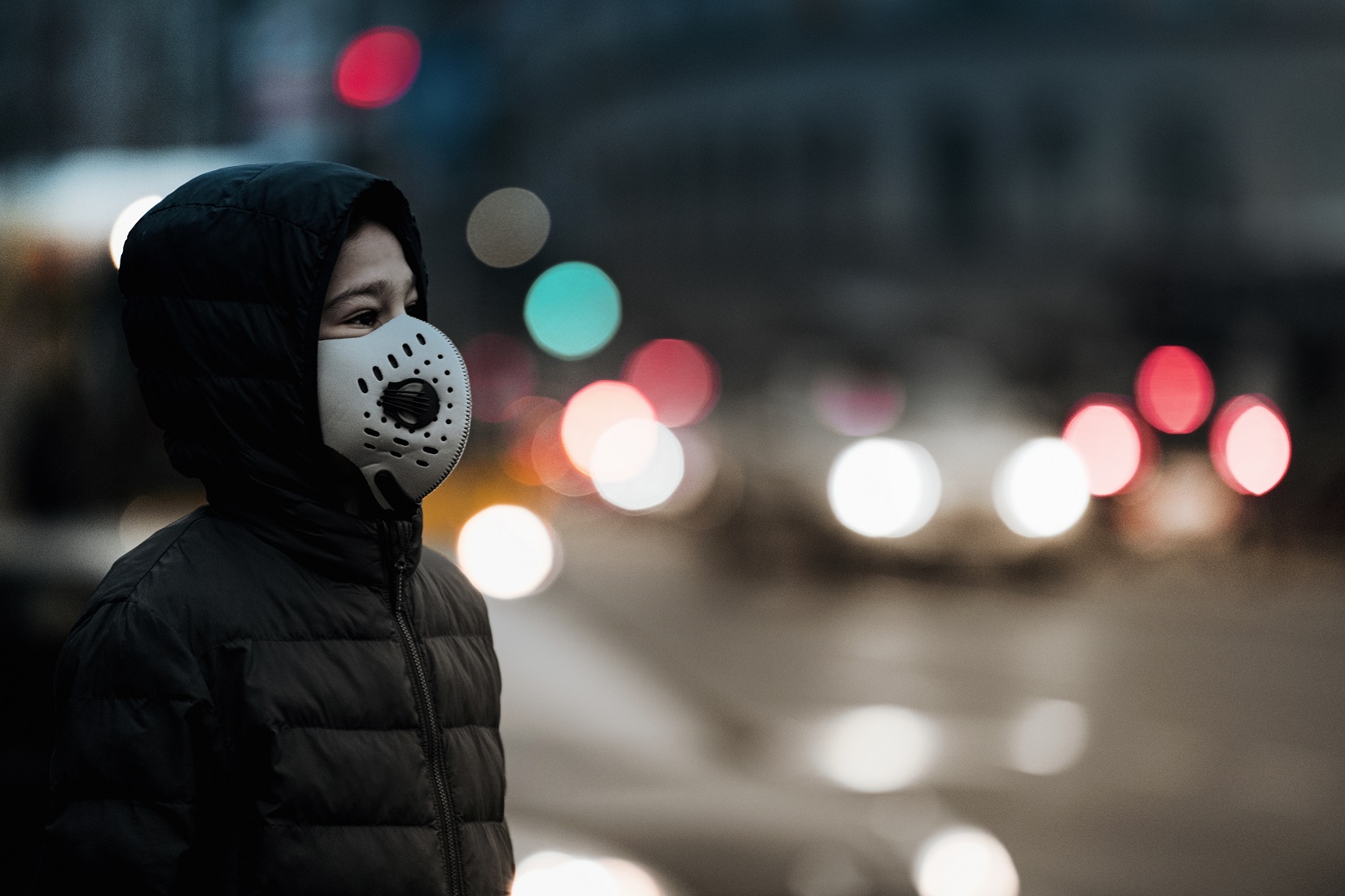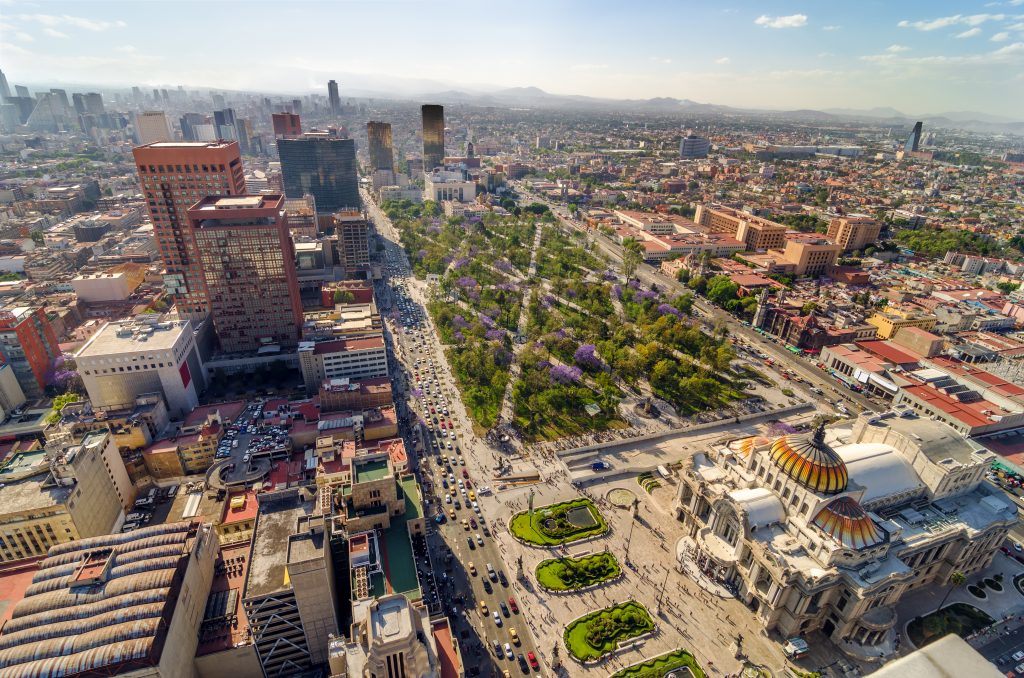
The fight against pollution is a global one. And all major capital cities have a role to play in it. As not only do they contribute the most to pollution. They are also the places where the majority of the urban population lives. So, the people there suffer the most as well.
Just like India, the issue remains the same in any other developing country. Take Mexico for example, where around 23,000 Mexicans die from air pollution each year. While another 38 million suffer from health problems caused by polluted air. These figures were meticulously collected by the National Autonomous University of Mexico.
They may seem alarming, but this is just the tip of the iceberg though. As more than 7 million people die from breathing toxic air each year. And we are sure people from other parts of Mexico can be easily included in these figures as well. This is why back in 2018, Mexico City officially joined the BreatheLife campaign. The goal was to enact a clean air program that would help its around 9 million population. The population of Mexico City has grown to over 21 million between 2018 and now. But the plan is still struggling to get its footing.
The initial plan was to establish lots of emissions measuring sensors and committees. That would help the government understand the various sources of pollution. This data would also help refine the air quality forecasting system. That alerts the public to high pollution events 24 hours in advance. These initial goals were not that hard to achieve. As these days it’s quite easy to check the pollution levels of any city.
The more intermediate goals were the removal of lead from gasoline. Upgrading all new cars to include catalytic converters. And the reduction of sulfur content from diesel. These goals have also been relatively met, even though it took a longer amount of time to get them done.
Even the implementation of ‘Hoy No Circula’ or no driving day has been a success. The program is in place between 5 AM to 10 PM. And successfully prevents around 20% of commuter traffic from driving regularly. Based on a system of rotation that depends on the last digit of a car’s number plate.
However, one area where they are still struggling in is the long-term goals. Of transitioning from a coal and oil-based economy. To a more renewable-based one. The issue is two-fold. As on one hand, the state is actually increasing the number of coal-based power plants in the country.
While reducing the budget for environmental agencies. A budget that used to be around 70 billion pesos in 2013. But has dropped down to around 30 billion pesos in recent years. This reduces the power and reach of such agencies. And puts money back into the pockets of companies that deal in carbon-based energy.
One ray of hope is the recent boom in electric vehicles. With lots of options available in all categories. From two-wheelers to cars, buses, and even trucks. If the prices of batteries keep going down. We can expect Mexico City to easily meet its goal of an efficient mass transit system.
We can only guess if that will be enough to meet the offset created by the other issues. But it is still a step in the right direction. With lots of startups and private companies also contributing their fair share. Like Econduce, a ride-sharing company that uses electric scooters as their fleet. Customers can rent these scooters from one of many Econduce zones. And use them in the city, instead of their cars.
Another long-term goal that is easily achievable. Is to make public and private buildings more energy efficient. By using solar panels, power-saving LED’s, passive heating and cooling systems. And many other ways of reducing the overall carbon footprint.
The city will need a lot more initiatives like these to handle its issues with pollution. We will keep an eye on them all to see if they meet these goals within this decade. Because a lot of these initiatives can be easily implemented in a country like India as well. Which has a similar type of culture, population density, and economy.
This is why we can consider Mexico City’s efforts as a good starting blueprint for cities like Delhi. Where pollution is an equally if not more concerning problem. In fact, the conditions in the two metro cities are so similar. That even the existing plans drafted by the individual governments match in a lot of area.
One famous example of this is the ‘Hoy No Circula’ or no driving day. A framework that has already been officially tried out in Delhi/NCR under the name odd/even days. While the Mexican version focuses on reducing only 20% of traffic on any given day. The Indian plan took a more broader approach and went with 50% in their first try. This was probably the reason the plan couldn’t be successfully implemented for long. If we could develop a more evenly distributed plan, we might also be able so see similar levels of success.
Another similarity is visible in the emissions measurement infrastructure. Which has grown by leaps and bounds in both metro cities. Today, each corner of Delhi and Mexico City are densely covered with the latest sensors. That let the public know vital information about pollution statistics in real time. This data was recently used by the Delhi government to issue health advisories. During the festival season, which sees a serious spike in air pollution figures in NCR each year.

While Delhi doesn’t have a lot of electric ride-sharing services like Mexico City. It does have that largest network of e-rickshaws in the world. Which in itself is a big achievement for a country like India. Where millions of people use such modes of transport for their daily commutes.
Thankfully, we are also catching up in terms of electric two-wheelers and bikes. With brands like Aether, Ola, Okinawa, and more. Working towards creating EV products that have a mass market appeal. Once these companies start delivering these lithium based power solutions at affordable prices. We can expect emissions to drop down drastically.
However, just like Mexico City, the biggest push that a place like Delhi can give to clean air, is to focus on rooftop solar setups for both commercial and residential buildings. Since both places have an exceptionally high population density. With millions of people living in small spaces. While still using an equal amount of energy for their individual needs. If we can offset the peak power requirements of such a large population. By encouraging people to invest in rooftop solar panel setups. Then it would be extremely beneficial in terms of both reducing the cost of electricity. As well as the load on the overall grid.
Delhi Government’s Six Point Plan to Clean Yamuna
We can further increase these savings through passive energy saving solutions, like LED’s. In fact, in this field, we are far ahead of Mexico City when it comes to implementation. As their focus remains on updating the government buildings first. While we have schemes like the Ujala Yojana that help poor families get these benefits first.
As you can see, there is no clear winner in this comparison. Since both countries have their own unique challenges when dealing with pollution. We can only hope that they learn from each other and
Leave a Reply